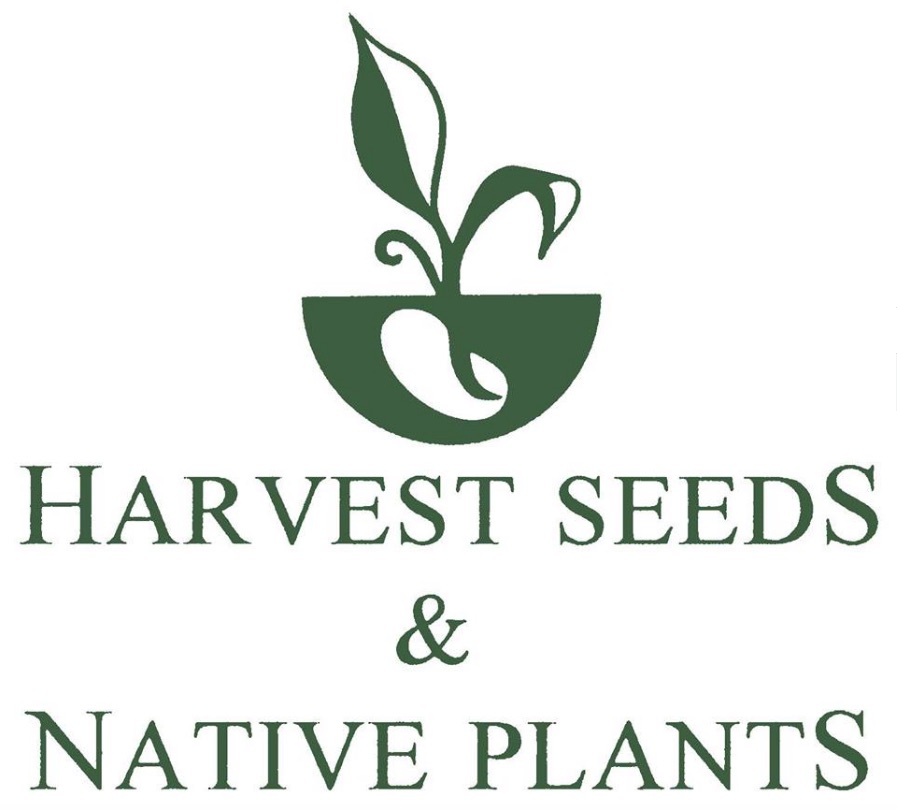The wonderful world of Bush Food
Bush foods have been used for centuries in Aboriginal cultures not just as everyday foods but for medicinal purposes also.
It is only in recent decades that other cultures are looking to these foods for their unique flavours and dietary benefits.
Although not yet ‘main stream’, research is helping these foods to be acknowledged more widely and many hatted chefs are choosing to add them to their menus as a point of difference from other restaurants.
We do advise though to do some research yourself before eating the bright and appealing berries from the tree outside your home. Although there is a huge array of tasty native fruits, not all are edible and some must be consumed in small amounts or prepared in a certain way before eating.
A lot of native flavours are much more intense than we are used to, so it is best to begin by adding small amounts to your cooking until you get used to the tastes
Here are just a few interesting and flavourful native plants that you can add to your veggie garden today
Rubus rosifolius - Wild raspberry
This vigorous shrub is well known to our indigenous peoples as a bush food and medicine.
It has gained popularity in recent years as a tea, used widely for stomach complaints menstrual cramps and even to ease labour symptoms.
It is rich in antioxidants and a super tasty addition to the vegetable garden.
The bush can easily take over so keeping it contained in a pot or raised bed is recommended.
It, like most of the berries, is very prickly, so plant away from walkways or where small children play.
Billardieria scandens – Apple berry
The fruit tastes like stewed apples or kiwifruit, eat the ripened fruit that has fallen from the tree or roast unripened fruit for an amazing desert served with ice cream!
It is a rambling shrub perfect under Eucs or among other natives in the garden
Preforms best in a semi shade damp position but can tolerate a wide variety of soils.
Backhousia citriodora – Lemon myrtle
The leaves of the Lemon Myrtle are used for flavouring a variety of foods and for aroma therapy, soaps and perfumes.
Boiling or baking reduces the flavour and potency so adding the ground leaves at the end of the cooking process will give you the strongest flavour.
Oil is also distilled from the tree and can be used in baking and as essential oils in burners and massage.
It is an evergreen rainforest tree usually growing around 5-15m, it is very hardy tolerates most conditions except boggy sites.
A versatile tree that can also be grown as a container plant indoors.
Backhousia myrtifolia – Cinnamon myrtle
Similar to its cousin lemon myrtle.
Replace for cinnamon in all its uses.
Tetragonia tetragonoides – Warrigal greens or New Zealand spinach
A short lived groundcover with 2m spread used as a spinach supplement by the first settlers and even taken back to England where it gained popularity in the early part of the 20th century.
Because of its high oxalic acid content the leaves should be blanched or dropped in boiling water for a few minutes to remove the acid before eating.
It is best grown in a semi shaded area where soil is not too dry.
We received some great feedback via email on your experiences with bush foods, here are some helpful hints from readers..
Jan is on a low salt diet so she has made a replacement using sea parsley, old man salt bush and sesame seed ground finely in a mortar and pestle, she says she is now so used to the flavour that she prefers it to actual salt, she has even shared with friends who now use the replacement regularly.
Mark uses the bark from his Melaleuca quinquenervia (Broadleaf paperbark) to wrap meat and fish for the bbq, he swears it gives the best flavour and keeps the meat tender, his tip is to soak the bark for at least 10min before using.
Meredith sent in this recipe, it’s her favourite to serve for afternoon tea with guests and is always a winner
LEMON MYRTLE BISCUITS
Ingredients:
250gm sugar
250gm Butter
500gm sifted SR flour
4 eggs
25gm Ground Lemon Myrtle Leaves
Method:
1. Cream together sugar and butter add the eggs one at a time, fold in flour and lemon myrtle until combined roll into small balls
2. Flour fork and press slightly bake in moderate oven (Approx 180C) for 12 to 15 minutes
3. Cool and store in an airtight container
Thanks so much for all your great tips on using bush foods if you want to join the conversation add to the comments at the bottom of this blog or contribute on our Facebook page, we would love to hear from you.
Until next time, happy eating!
The team @ Harvest






